Climate change did not cause Harvey, or any other storm, but it makes intense storms like Harvey more likely to occur.
We know why you're here. We know what you're thinking. What crazy mumbo jumbo are these two going to throw at us? What conspiracy do they have up their sleeves? What religion are they trying to make me join? Well, we hate to be the bearer of bad news, but this isn't going to be one of those talks. What we would like to discuss is something very serious. We want to talk about a future that will be guaranteed if we don't change how we live. No. We're not trying to ask you if you've heard the good word or condemn you to hell. What we are trying to say is that the world as we know it, is dying. And you can pretty much walk up to anybody you'd like and tell them "Thank you" for their personal contribution to destroying the planet. Literally, anybody.

So, who's Harvey and what does he have to do with me?
Maybe you haven't heard, but there's sort of this really bad storm that happened in Texas. Hurricane Harvey. Last I read, it had rained more than 19 trillion gallons of water over the 5-day period. No matter where you're from, that's a lot of rain! This is going down as the largest natural disaster in US history. Hurricane Harvey has brought with it both a record amount of rain and questions about how much climate change can be blamed for the storm. Climate change did not cause Harvey, or any other storm, but it makes intense storms like Harvey more likely to occur, scientists say. The most recent analysis of what’s known about the effect of climate change on hurricane activity comes from the June 28 draft of the U.S. Global Change Research Program’s Climate Science Special Report. One of that report’s key findings said that human activities have “contributed to the observed increase in hurricane activity” in the North Atlantic Ocean since the 1970s.
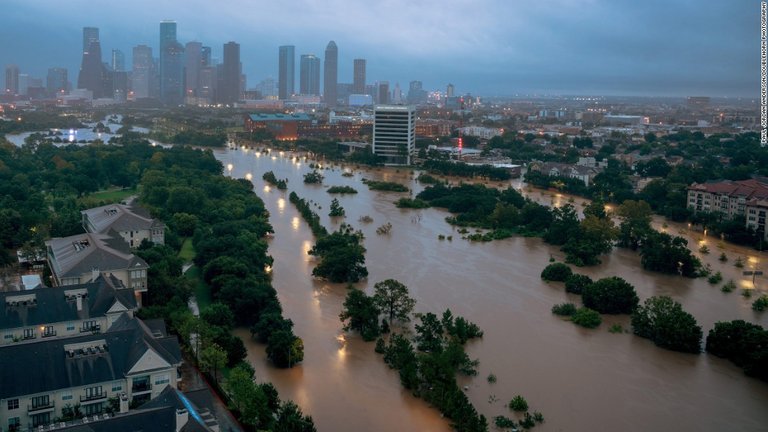
So, What Does It All Mean and Why Am I To Blame
The fingerprints that humans have left on Earth's climate are turning up in a diverse range of records and can be seen in the ocean, in the atmosphere, and on the Earth’s surface. Scientists agree that today’s warming is primarily caused by humans putting too much carbon in the atmosphere, like when we choose to extract and burn coal, oil, and gas, or cut down and burn forests.
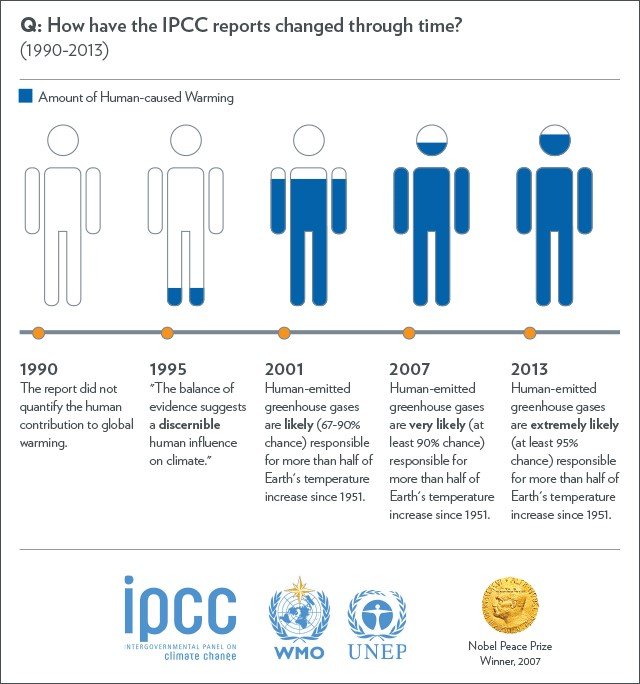
We know human activities are driving the increase in CO2 concentrations because atmospheric CO2 contains information about its source. Scientists can tease apart how much CO2 comes from natural sources, and how much comes from combusted fossil fuel sources. Scientists warned for years about this dangerous threshold, but with the accelerated pace of emissions the question changed from whether we would reach CO2 concentrations above 400ppm to when.
The Arctic reached 400 ppm in 2012. In 2013 the Mauna Loa Observatory in Hawaii recorded more than 400ppm. In March 2015, global averages reached this threshold, and in September 2016 the world reached a point of no-return: CO2 concentration levels are unlikely to dip below 400 ppm again.
Okay? But you said the Earth was dying. Am I really killing the planet?
The answer is yes. But not just you. We all are. We equally have an impact on what the future holds. I know in a time of instant gratification it's hard to imagine that. But our choices today are severely effecting the years to come. Charlie Veron, an Australian marine biologist who is widely regarded as the world’s foremost expert on coral reefs says, "The future is horrific, there is no hope of reefs surviving to even mid-century in any form that we now recognize. If, and when, they go, they will take with them about one-third of the world’s marine biodiversity. Then there is a domino effect, as reefs fail so will other ecosystems. This is the path of a mass extinction event, when most life, especially tropical marine life, goes extinct.”
I don't want a world with no sea life. And that's just the beginning. Trust me, it only gets worse.
Droughts in the Southwest and heat waves everywhere are projected to become more intense, and cold waves less intense everywhere. MEANING this Summer heat that you can't escape is only going to get worse. Hey California, thought we beat the drought? Guess again! By the end of this century, what have been once-in-20-year extreme heat days (one-day events) are projected to occur every two or three years over most of the nation.
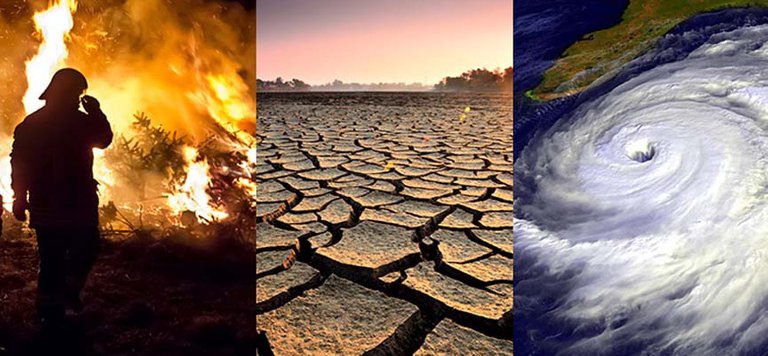
The intensity, frequency and duration of North Atlantic hurricanes, as well as the frequency of the strongest (Category 4 and 5) hurricanes, have all increased since the early 1980s. Hurricane-associated storm intensity and rainfall rates are projected to increase as the climate continues to warm. Say hello to Harvey 2.0.
The Economic Impact.
This one is important to pay attention to. With Bitcoin and Ethereum and many other currencies being on the rise, eventually what goes up must come down. And we're all going to be brought down hard. No one is safe from the negative effects of climate change.
The economic impacts of climate change may be catastrophic, while there have been very few benefits projected at all. The Stern report made clear the overall pattern of economic distress, and while the specific numbers may be contested, the costs of climate change were far in excess of the costs of preventing it. Certain scenarios projected in the IPCC AR4 report would witness massive migration as low-lying countries were flooded. Disruptions to global trade, transport, energy supplies and labor markets, banking and finance, investment and insurance, would all wreak havoc on the stability of both developed and developing nations. Markets would endure increased volatility and institutional investors such as pension funds and insurance companies would experience considerable difficulty.

I know we said we weren't here to condemn you to hell, but with the way this heat is rising it may be a grim reality.
Today's scientists point to climate change as "the biggest global health threat of the 21st century." It's a threat that impacts all of us—especially children, the elderly, low-income communities, and minorities—and in a variety of direct and indirect ways. As temperatures spike, so does the incidence of illness, emergency room visits, and death.
"There are more hot days in places where people aren't used to it," Haq says. "They don't have air-conditioning or can't afford it. One or two days isn't a big deal. But four days straight where temperatures don't go down, even at night, leads to severe health consequences." In the United States, hundreds of heat-related deaths occur each year due to direct impacts and the indirect effects of heat-exacerbated, life-threatening illnesses, such as heat exhaustion, heatstroke, and cardiovascular and kidney diseases. Indeed, extreme heat kills more Americans each year, on average, than hurricanes, tornadoes, floods, and lightning combined.

Is there any good news?
Well, yes and no. If we continue the way we are currently living, then the answer is no. A shift needs to be made on a global level. But that change starts with the little changes each of us can make in our daily lives.

Reversing the effects of climate change means each and every person must prioritize and actively work to limit their personal release of greenhouse gases. One person can’t make a difference alone but, collectively, we stand a chance of slowing down the increase in the Earth’s temperature. Becoming more aware of how you use energy in our daily life, and choosing to support companies that commit to taking climate action is key to how you can help build a brighter future for our planet.
Changing Habits, Changing the World
A good place to start is to see how your personal choices are effecting the planet. The UK Government came up with this really detailed calculator called the Global Calculator. You can see just how much the climate is predicted to change based on your input. It has preset pathways that you can choose or you can manually change each section according to your personal use. You can see where you are and just how much change you'd need to make to have a positive impact.
We are capable of BIG CHANGES
Humans are adaptive creatures, able to move homes, jobs, retire or have children – all of which require us to break down and rebuild our existing ways of doing things.
The point we are trying to make is that people can and do make major life transitions, and these moments are big opportunities to go green. But also, that talking about “going green” as a significant change to how we currently live doesn’t have to be as daunting a prospect as it might first seem.
Sustainable Living and Project Sunstone
First, what is Sustainable Living?
Sustainable living is the practice of reducing your demand on natural resources by making sure that you replace what you use to the best of your ability. Sometimes that can mean not choosing to consume a product that is made using practices that don’t promote sustainability; and sometimes it means changing how you do things so that you start becoming more of an active part of the cycle of life.
We all know that climate change, global warming, depletion of ozone layer and resource depletion are real and their impact on human and animal lives can be devastating. It is an opportunity for people to adopt actions for sustainable living that can help them to reduce their carbon footprint or environmental impact by altering their lifestyle.
Here are a few ways you can live more sustainable:
- Become a member of a community garden
- Practice minimalism
- Change the lights in your house
- Start using natural cleaners
- Walk, bike or car pool to work
- Try to get on a more natural sleep schedule
- Reduce, Reuse and Recycle
- Unplug device when not in use
- Buy right-sized house
- Use daylight as much as possible
- Practice keeping a “zero energy balance” budget (what you take in, you give back)
- Choose Renewable energy
- Change your washing habits
- Buy products with less packaging
- Ditch the plastic
Creating a sustainable lifestyle takes a lifelong commitment – to learning, experimenting, exploring, committing to increasingly sustainable practices and, above all, loving.
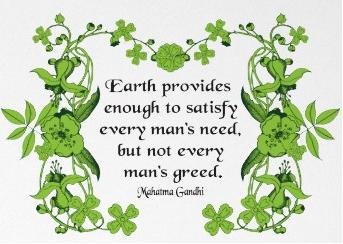
What is Project Sunstone?
Project Sunstone is providing a unique opportunity to help its community live life more sustainable. As listed above, there are many things we can do to achieve this goal. Project Sunstone is taking on the task of providing areas throughout communities to get involved in this common goal of protecting our earth. We are going to educate the surrounding communities of what small steps can be made to preserve our environment and lessen our dependence on fossil fuels. Project Sunstone will be growing all their own food organically, capture water from cisterns, leverage all alternative energy sources while being completely "off the grid." In addition to that, we hope to partner local universities and colleges to create an opportunity to have research done to show what the benefits of sustainable living are on the local lands and resources as well as our health.
We will create, "Project Sunstone Kids!" Where we will partner with local school districts to create hands on demonstrations and education for the local school children who will learn the many benefits of sustainable living and more importantly what small steps can be made in their homes to lessen our impact on our planets resources. While it's important for us adults to ignite the change, it's extremely important that we educate our children and raise them to live responsibly if we really want to change the current destiny of our planet.
Lastly, we will also partner with local homeless shelters and food banks to donate any unused food grown by the Project Sunstone volunteers. Our dream and goal is to show that sustainable living can be easily achieved. A difference can be made. It will be made. But it's going to take a joined effort from all of us.
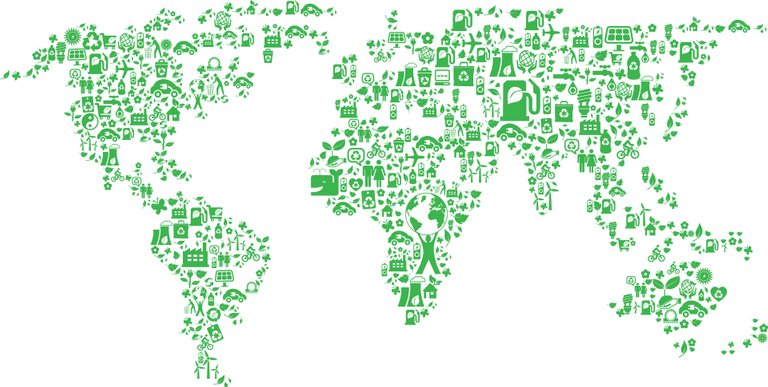
This post was written by Jay and Nyk. If you enjoyed this post, please follow us @justinkinnel and @nyk2612. We love to spark conversations, your feedback and comments are welcomed. Below are the sources used for the information provided.
Sources:
http://www.factcheck.org/2017/08/hurricane-harvey-climate-change/
https://giphy.com
http://www.cnn.com/2017/08/26/us/gallery/hurricane-harvey/index.html
http://www.ucsusa.org/global_warming/science_and_impacts/science/human-contribution-to-gw-faq.html#.Wal0cbJ96Uk
https://blog.marine-conservation.org/2009/09/how-global-warming-sealed-fate-of.html
https://climate.nasa.gov/effects/
https://www.skepticalscience.com/global-warming-positives-negatives.htm
https://www.nrdc.org/stories/are-effects-global-warming-really-bad
https://brightfuture.unilever.us/stories/473087/What-is-climate-change--How-can-we-take-action-.aspx
http://theconversation.com/sustainable-living-means-making-big-changes-so-why-cant-we-face-up-to-it-37130
http://www.conserve-energy-future.com/15-ideas-for-sustainable-living.php
http://blogs.ucl.ac.uk/sustainable-resources/2016/11/24/the-making-of-a-globally-sustainable-energy-system/
https://bhavnahinduja.com/tag/sustainable-living-2/
Congratulations @justinkinnel! You have completed some achievement on Steemit and have been rewarded with new badge(s) :
Click on any badge to view your own Board of Honor on SteemitBoard.
For more information about SteemitBoard, click here
If you no longer want to receive notifications, reply to this comment with the word
STOP